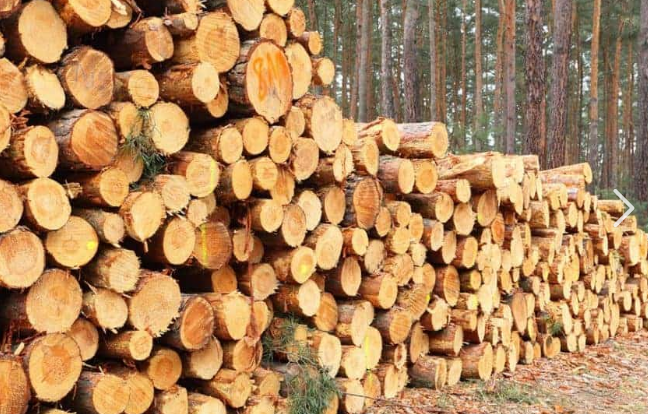
North American lumber industry struggles with closures,
tariffs and post-pandemic demand shift
North American lumber producers face a multi-layered
challenge as permanent capacity closures, steeply rising
Canadian duties, and potentially transformative Section 232
tariffs converge to create what could be the most disruptive
trade environment since the Smoot-Hawley era. These shifts are
occurring while the market continues to work through
post-pandemic demand recalibration, with consumption still
approximately 9% below COVID-era peaks.
“We are dealing with a massive event that could literally cancel
out a century of tariff reductions from globalization,”
explained Dustin Jalbert, senior economist for wood products at
Fastmarkets, at the outlook presentation held on the sidelines
of the 2025 Montreal Wood Convention. “Even if the most extreme
tariff scenarios don’t materialize, the industry cost curve is
fundamentally shifting.”
A significant downside risk looms, however, if the broader
economy enters a major recession accompanied by sustained high
mortgage rates. Unlike typical downturns where housing demand
might benefit from countercyclical monetary policy easing,
retaliatory measures from China and other trading partners could
keep bond yields elevated. This worst-case scenario – combining
demand destruction with stubbornly high 30-year mortgage rates –
would compound the industry’s challenge by eliminating the
typical relief valve of lower financing costs stimulating
housing activity amid economic weakness.

Capacity rationalization: 5 BBF and counting
The North American lumber industry has undergone
unprecedented capacity rationalization, with approximately 5
billion board feet (BBF) of indefinite or permanent sawmill
closures over 2023-2024 alone. While 2023 shutdowns were
concentrated primarily in British Columbia, the 2024 closures of
3.2 BBF were more geographically dispersed, affecting operations
across BC, the Pacific Northwest, and even the traditionally
resilient U.S. South.
“This is a wipe-out year,” Jalbert noted. “I know it’s a rough
year for capacity closures when I keep having to fiddle with my
font and make it smaller and smaller to fit it all on one
slide.”
British Columbia’s production has experienced a structural
decline of nearly 50% since 2017, dropping from approximately 13
BBF to around 7 BBF annually. This collapse stems from a
confluence of factors: diminishing recoverable timber from the
mountain pine beetle epidemic, old-growth habitat protection
policies reducing Annual Allowable Cut (AAC), and the persistent
burden of U.S. countervailing and anti-dumping duties.
Perhaps most telling for market observers is that 2024 marked
the first year since 2020 that North America experienced a net
reduction in operable sawmill capacity, despite continued SYP
capacity expansion in the U.S. South. Fastmarkets projects this
net capacity decline will accelerate in 2025, with another
reduction, albeit smaller, following in 2026 as the “slow-burn
bull whip of supply adjustment” continues to work through the
system.
The triple threat: duties, Section 232 and IEEPA tariffs
The emerging “Trump Tariffs 2.0” environment introduces
multiple, potentially overlapping trade barriers that could
fundamentally alter North American supply patterns. Industry
participants must now navigate a complex web of policy measures:
Please
click here to view the complete article.
Source:
fastmarkets.com